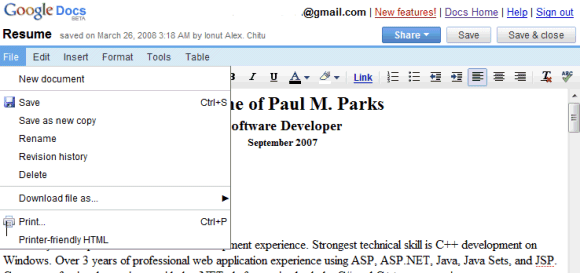This may come as a surprise to some webmasters, but Google doesn't have any obligation to send traffic to their sites. People can already
learn a lot of useful information from the snippets and they will find even more information as search engines become smarter and learn how to anticipate users' needs. Surprisingly, the mission of a search engine is not to send its users to the best sources of information, but to provide the best possible answers. Since search engines are still far from their mission, they only answer
trivial questions about weather, facts, word definitions, unit conversions, while for complex questions they guide you to other sites that could include helpful information.
Google is already experimenting with other ways to visualize information (on
a map, in
a timeline,
highlighting dates or measurements), where search results are no longer important. What's important is the list of information extracted by Google and displayed in a clever format. This is also visible in
Google's glossary search engine that displays definitions collected from the web or in
Google's facts search engine which shows sources for a certain fact.
Google can also recognize a site's navigation links and place the most important links under the snippet (they're called
sitelinks). This way, users don't have go to the homepage of a site just to a link that sends them to another part of the site: Google wants to send users directly where they wanted to go. This is the same reason why Google added
site search boxes, causing
some controversy. "Google is probably trying to get additional usage out of their product and monetize those page views," was the the explanation of James Spanfeller, chief executive of Forbes.com. Google actually wanted to send people to their intended destination.
Where webmasters see less pageviews, Google sees a more efficient way to serve its users. After all, if you're able to use the information available online to deliver a great answer, why not deliver it? Google's search results pages could become actual content, the simple facts collected from the web could be used to infer intelligent answers, while the snippets could include exactly the information we needed.














 Yahoo seems to be all about openness lately (
Yahoo seems to be all about openness lately (

